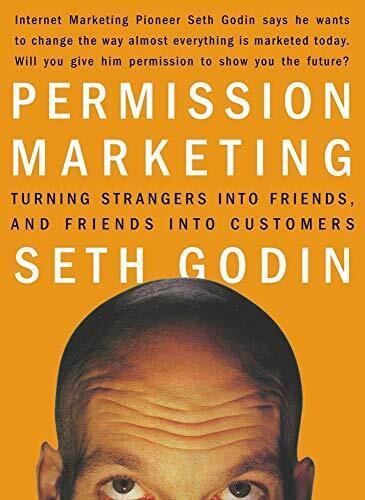
Here’s the TLDR for the book: create opt-in mailing lists, offer incentives to get people to join those lists, and then send promotional materials to those people on a regular basis.
That’s honestly all there is to it. Don’t get me wrong, the basic premise of the book is correct: instead of “interruption marketing”, where you try to grab a prospects attention with all sorts of distractions, you should use “permission marketing”, where the prospect opts in to your marketing channel, and you gradually strengthen your “relationship” and the “permissions” that come with it over time. But besides this core message, the book doesn’t add much.
There aren’t many great examples to follow, and the ones that are there are very dated. This book was released in ‘99, when AOL and Excite were still a big deal, and the world has changed a lot since then. Moreover, although the book recommends permission marketing, it still says you need to use at least a little bit of interruption marketing to get that very first permission. That’s… a bit self-defeating. In today’s world, permission marketing looks a bit different. We call it inbound marketing, and the way we get initial permission is not only through interruptions, but also through social media, blog posts, talks, open source, and so on.
In short, this was probably a good book when it first came out, and the central premise is still a good one, but I’m not sure if it’s worth reading today, 18 years later.
